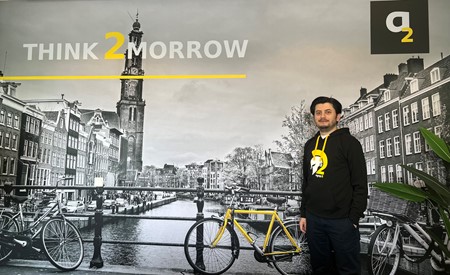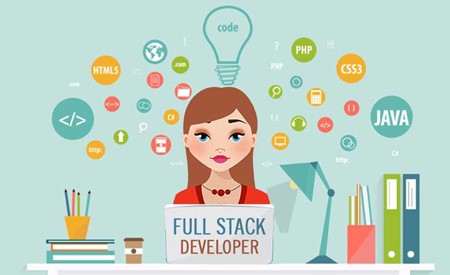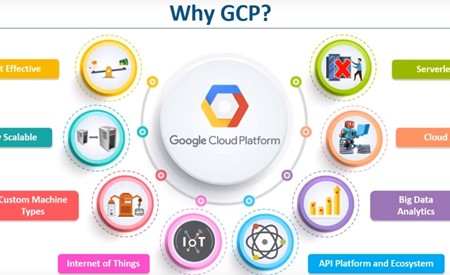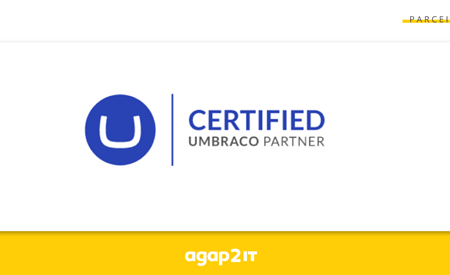Consultant Marcia Policarpo, who is part of the development of the BlockBase platform, is the author of an opinion article on the theme of Blockchain. Originally published on Sapo Tek.
Opinion: The transparency of a bank without walls
Imagine a bank without walls, where we can observe each account created and each transaction made. A financial institution where we can analyze the flow of money. It has its own currency and is controlled simultaneously by 21 independent entities. From time to time these entities, which are responsible for validating transactions and keeping them in history, may be replaced by an election made by the currency holders.
In a nutshell this is how EOS operates, being one of today's most prominent blockchain systems. Independent entities represent elected producers who work for their smooth operation. 21 producers control the entire flow of transactions. But why 21, not 20 or 22? In fact, it could be any of these numbers, but not any. The purpose of having several independent entities is to obtain a transparent system, where the distribution of power is decentralized, being immune to collusion, interests and influences.
In the blockchain realm, transparency and decentralization go hand in hand and are crucial, so this is exactly the focus of this article.
There is no clear boundary separating centralized from decentralized, which leads to a major debate on this subject. According to Vitalik Buterin, co-founder of blockchain Ethereum, there are three types of centralization: political, architectural and logical.
Political centralization determines whether there is an entity at the top of the hierarchy that has the power of decision. Architectural centralization determines the number of participants in the system. Logical centralization determines whether operation is unique, in parallel, or in sequence.
We can analyze any blockchain system and determine its decentralization levels relative to these three metrics.
I will make a comparison between Bitcoin, the best-known blockchain, and EOS, the base blockchain upon which the BlockBase project I am developing is based.
Formerly, EOS had an entity based on the description of political centralization, the EOSIO Core Arbitration Forum (ECAF), which was responsible for resolving disputes. However, despite the decision being taken by this institution, it was necessary for producers to accept and implement it. Once ECAF was removed, it is no longer valid to claim that EOS was politically centralized. Like all blockchains, the one with the power is the majority.
Only 21? According to an estimate from the Buy Bitcoin Worldwide website, Bitcoin currently has 1,000,000 producers. Comparing these two numbers, the number of EOS producers may seem a bit small.

 Diensten
Diensten










































